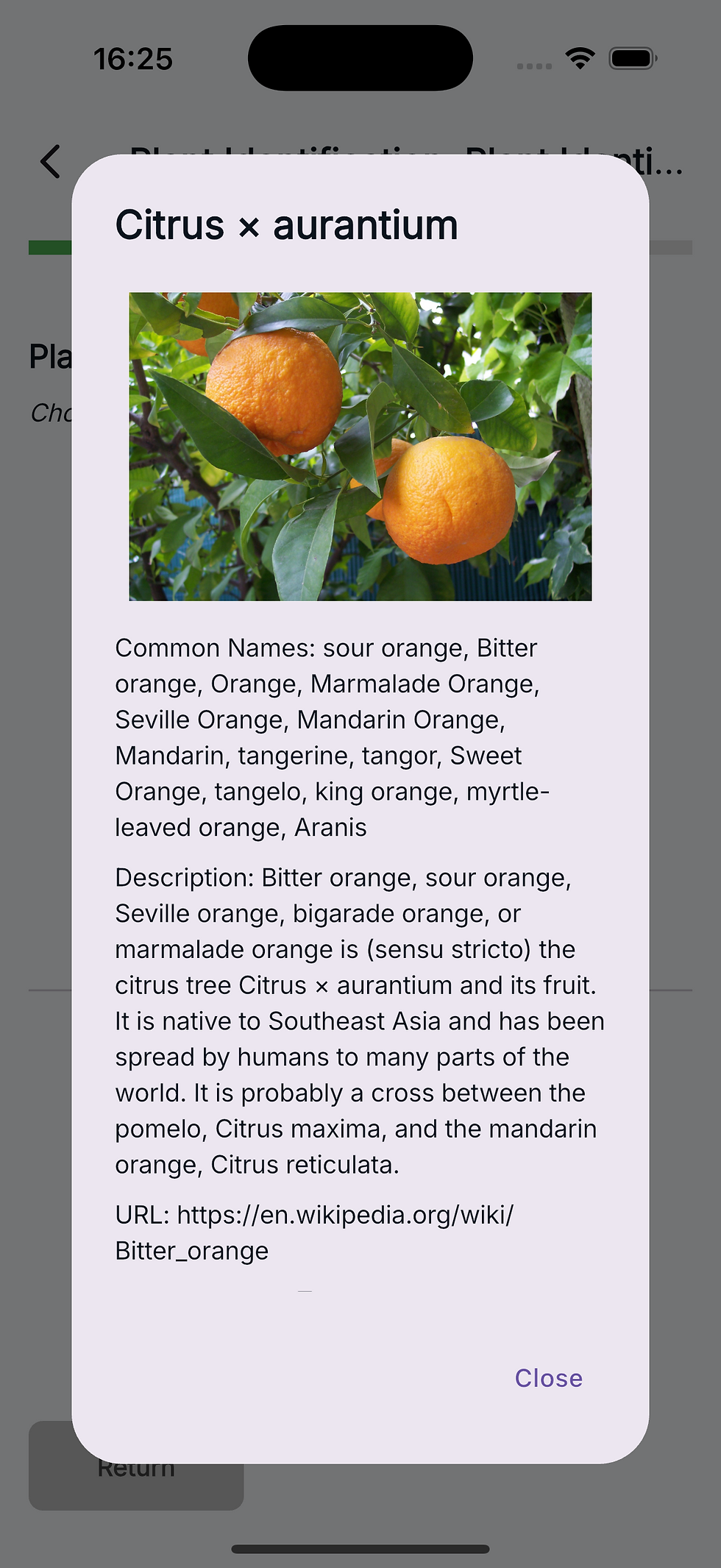What Actually Is dMRV? (And Why Carbon Markets Are Obsessed With It)
- Nick
- Oct 31
- 4 min read
Look, if you've spent any time around carbon credits lately, you've probably heard people throwing around "dMRV" like everyone's supposed to know what it means. Spoiler: most people don't, and that's fine. Let's fix that.

The Basics: Breaking Down dMRV
dMRV stands for digital Measurement, Reporting, and Verification. But honestly, that acronym doesn't tell you much, does it?
Here's what's actually happening: the carbon credit market has had a trust problem for years. Companies buy carbon offsets to balance out their emissions, but how do we really know those projects are doing what they claim? Are those trees actually growing? Is that renewable energy project genuinely preventing emissions?
For ages, this checking process involved people literally travelling to project sites, clipboard in hand, measuring things manually. It was slow, expensive, and frankly, not that reliable.
Enter: Digital Technology
This is where dMRV comes in. Instead of relying solely on someone's once-a-year site visit, we're now using technology to monitor carbon projects continuously. We're talking satellites, IoT sensors, drones, machine learning – the whole kit.
Think of it like the difference between getting your steps counted by a fitness tracker versus writing down every time you think you've walked a mile. One's automatic and accurate; the other's... optimistic at best.
How Does It Actually Work?
Let's say there's a reforestation project in Indonesia. Here's what dMRV might look like in practice:
Measurement: Satellites take regular images of the forest. IoT sensors on the ground measure soil carbon. Drones capture detailed tree counts and health data. All this happens automatically, creating a constant stream of data rather than a once-yearly snapshot.
Reporting: All that data gets fed into systems that compile it into proper reports. No more waiting months for someone to type up their field notes. The information flows directly into databases that everyone (who's supposed to) can access.
Verification: Here's where it gets interesting. Instead of relying on a single auditor's judgement, AI algorithms cross-reference multiple data sources. If the satellite data says the forest is growing but soil sensors show something dodgy, red flags go up immediately.
Why This Matters (Beyond the Tech Hype)
The carbon market's worth billions now, heading towards trillions. But it's built on trust – trust that when you buy a carbon credit, something real happened somewhere to balance out your emissions.
Traditional MRV was expensive, which meant only big projects could afford proper verification. Smaller community projects, even brilliant ones, often got shut out because they couldn't cover the costs.
dMRV changes this equation. When you're using satellites that are already up there and sensors that keep getting cheaper, the cost per project drops dramatically. Suddenly, it's feasible to properly monitor that small-scale mangrove restoration in the Philippines or that village-level cookstove project in Kenya.
Plus, there's the transparency angle. With traditional methods, you'd get a report once a year, maybe. With dMRV, stakeholders can check project progress in near-real-time. It's harder to fudge the numbers when satellites are watching.
The Challenges (Because Nothing's Perfect)
Before you think this is all sunshine and properly verified rainforests, there are genuine challenges.
For starters, not everywhere has great internet connectivity. Try streaming satellite data from a remote forest with patchy 3G. Also, someone still needs to set up and maintain all these sensors. They break, they need batteries, they get nicked by curious wildlife.
Then there's the expertise gap. Collecting terabytes of satellite imagery is one thing; knowing what you're looking at is another. You still need people who understand both the technology and the carbon science.
And let's be honest – the tech isn't cheap upfront. Yes, it saves money long-term, but someone's got to fund those initial sensors and software systems.
Where This Is All Heading
The direction of travel seems clear: carbon markets are going digital. The voluntary carbon market is already pushing for higher quality credits, and dMRV is becoming the standard way to prove quality.
Compliance markets are watching too. As governments set more ambitious climate targets, they need confidence that carbon credits actually represent real emissions reductions. dMRV provides that confidence in a way that traditional methods simply can't match.
We're also seeing interesting combinations of technologies. Blockchain for immutable record-keeping, AI for pattern recognition, satellite data for wide coverage, ground sensors for detailed verification – they all work together rather than being either-or choices.
The Bottom Line
dMRV isn't just a fancy tech upgrade for carbon markets. It's actually addressing fundamental problems that have held back climate action: trust, transparency, and cost.
Does it solve everything? No. Carbon projects still need to be well-designed, communities still need to benefit fairly, and we still need strong governance. But dMRV makes it much harder to game the system and much easier to prove genuine impact.
For anyone working in carbon markets, climate tech, or sustainability, understanding dMRV isn't optional anymore. It's becoming the language of how we prove climate action actually works.
And in a world where we need to move fast on climate change, having reliable, affordable ways to measure our progress? That's not just useful – it's essential.



Comments